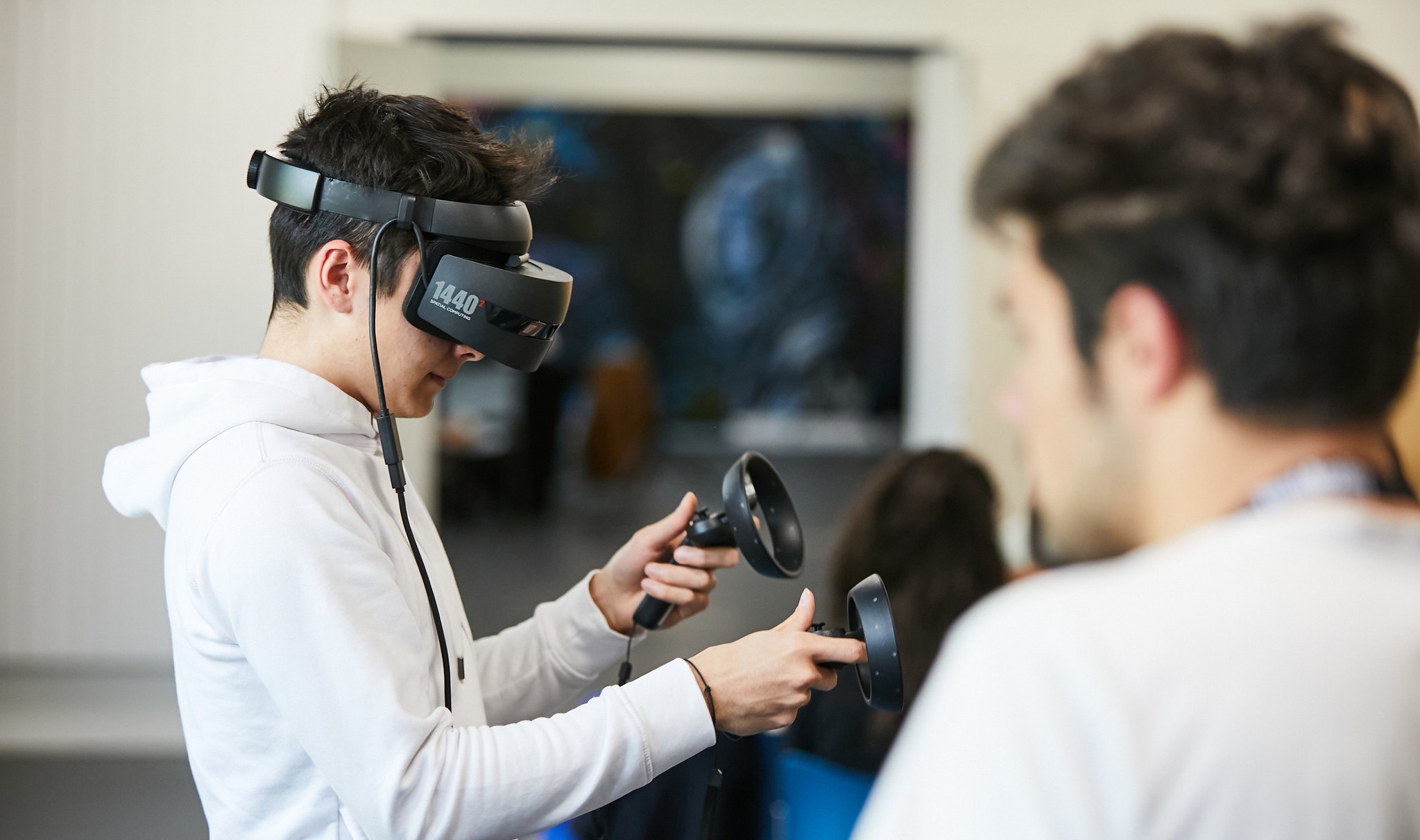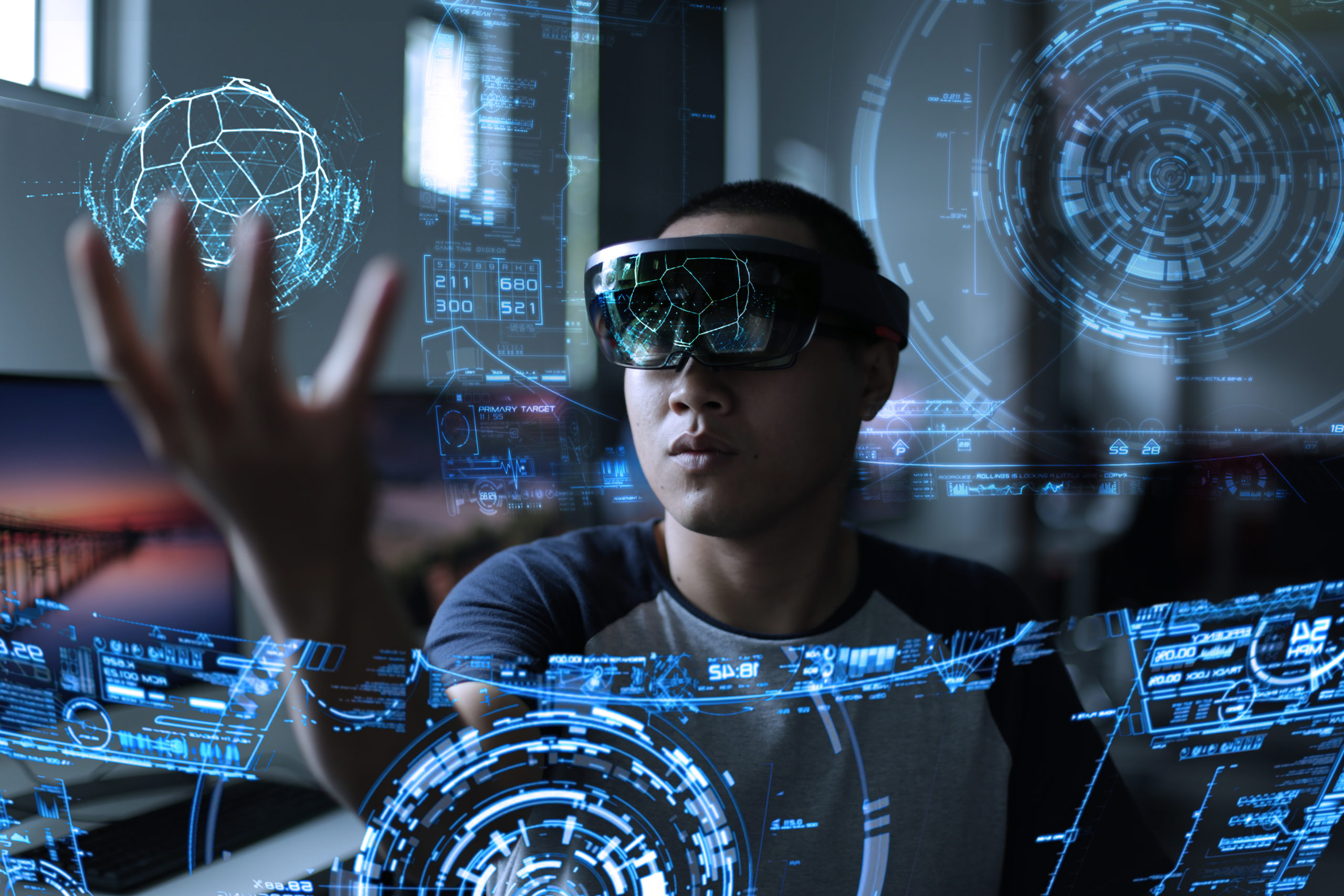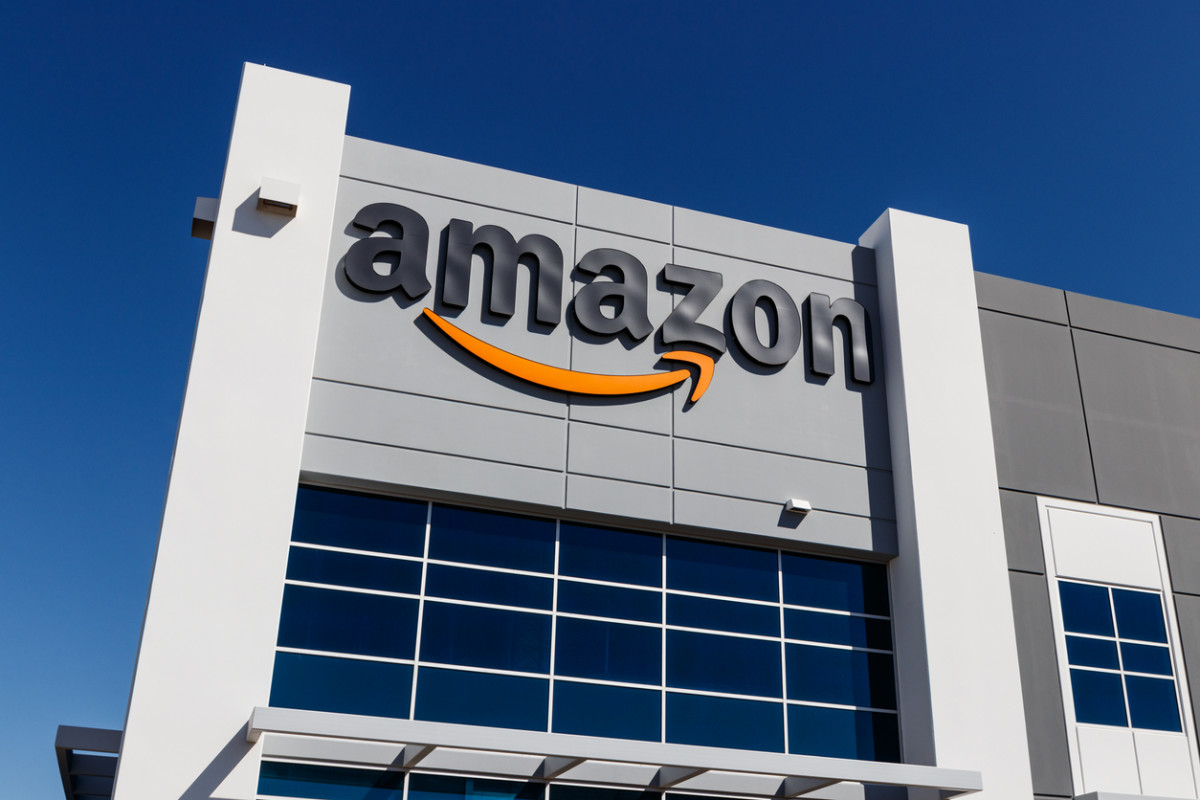Virtual Reality (VR) and Augmented Reality (AR) have burst onto the scene like a futuristic dream come to life. These technologies are not just buzzwords; they’re reshaping how we interact with the world around us. Imagine slipping on a headset and being transported to another realm, or using your smartphone to overlay digital information onto the physical environment. In Australia, this immersive technology is gaining traction across various sectors, promising exciting developments ahead.

The Evolution of VR and AR Technology
The journey of VR and AR technology has been nothing short of remarkable. From the rudimentary beginnings in the 1960s, where simple headsets provided limited experiences, to today’s sophisticated systems that offer near-real-life immersion.
In the 1990s, VR made a splash with arcade games and early home consoles. These initial forays sparked interest but lacked accessibility. Fast forward to the 21st century, when smartphones became ubiquitous. This shift democratized access to augmented reality applications like Pokémon GO, captivating millions around the globe.
From gaming adventures that feel incredibly real to practical applications in healthcare and education, VR and AR are revolutionizing our experiences. With each advancement in these fields, we inch closer to a reality where the line between digital and physical blurs seamlessly. Buckle up as we dive into the evolution of VR and AR technology, explore their current impact across industries, and uncover what lies ahead for this captivating duo!
Australia is emerging as a hub for this tech evolution, fostering startups focused on both gaming and practical applications across various fields. The future holds endless possibilities as these technologies continue to evolve rapidly.
Current Applications of VR and AR in Various Industries
Virtual Reality and Augmented Reality are creating waves across multiple industries. In healthcare, VR is revolutionizing surgical training. Surgeons can practice complex procedures in a risk-free environment, enhancing their skills without endangering patients.
The gaming sector has embraced AR with open arms. Titles like Pokémon Go have merged real-world exploration with digital experiences, attracting millions of players worldwide. This trend continues to grow as developers seek innovative ways to engage users.
In retail, AR applications allow customers to visualize products in their own space before making a purchase. Virtual try-ons for clothing and makeup offer personalized shopping experiences that boost consumer confidence.
Architecture also benefits from VR technology by enabling clients to walk through virtual buildings before construction begins. This immersive approach helps identify design flaws early on.
Education leverages both technologies too; students can explore ancient civilizations or conduct science experiments virtually, expanding learning horizons beyond traditional classrooms.
The Impact of VR and AR on Education and Training
Virtual Reality (VR) and Augmented Reality (AR) are transforming education and training in remarkable ways. These technologies create immersive environments that enhance learning experiences.
Students can explore historical sites or dive deep into the ocean, all from their classrooms. This hands-on approach fosters engagement and retention, making lessons more memorable.
In vocational training, VR simulations allow professionals to practice skills without real-world risks. Surgeons can refine their techniques on virtual patients while pilots can train in lifelike cockpit scenarios.
Furthermore, AR overlays information onto the physical world, aiding comprehension of complex subjects like anatomy or engineering structures. This integration of digital information with reality encourages a deeper understanding.
With these advancements reshaping how we learn and teach, traditional methods may soon become relics of the past as educators embrace this innovative technology in Australia and beyond.
Advancements in VR and AR Hardware
The landscape of VR and AR hardware is evolving rapidly. Innovations in display technology have led to brighter, sharper visuals that enhance immersion. High refresh rates are making experiences smoother than ever before.
Headsets are getting lighter and more comfortable, allowing users to engage for longer periods without fatigue. This focus on ergonomics is crucial as it opens up new possibilities for applications across various sectors.
Moreover, advancements in tracking technologies provide precise movements within virtual spaces. Inside-out tracking systems eliminate the need for external sensors, simplifying setup while enhancing user experience.
Wireless capabilities are also improving significantly. Seamless connectivity enables freedom of movement, making interactions feel more natural and intuitive.
As manufacturers continue pushing boundaries with haptic feedback and spatial audio integration, the line between real-world sensations and digital environments becomes increasingly blurred. These innovations promise a future where VR and AR experiences feel profoundly lifelike.

Future Possibilities for VR and AR Technology
As technology evolves, the future of VR and AR looks incredibly promising. Imagine a world where virtual environments seamlessly blend with reality, enhancing everyday experiences.
Picture shopping in an immersive online store that mimics physical spaces, allowing you to try before you buy. This could revolutionize retail in Australia and beyond.
In entertainment, we may soon experience live concerts from our living rooms or dive into interactive storytelling where we shape the narrative.
Healthcare stands to benefit significantly as well. Surgeons might perform intricate procedures through augmented overlays guiding their hands in real-time.
Education will transform too; students can explore historical events or distant planets without leaving their classrooms. The possibilities seem endless as innovators push boundaries and redefine how we interact with digital content daily.
Potential Challenges and Ethical Considerations
As VR and AR technologies gain traction in Australia, several challenges come to the forefront. One major concern revolves around user privacy. These immersive experiences often collect vast amounts of data, raising questions about how that information is stored and used.
Another issue is digital addiction. The captivating nature of these technologies can lead individuals to spend excessive time in virtual environments, potentially impacting their real-world relationships and responsibilities.
Moreover, accessibility remains a significant hurdle. Not everyone has equal access to high-quality VR or AR devices. This could widen the gap between tech-savvy populations and those left behind.
Ethical considerations also extend to content creation. Misinformation can spread swiftly through realistic simulations, manipulating perceptions and beliefs without users even realizing it. As we harness these innovations, it’s essential to navigate these complexities carefully for a responsible future.
Embracing the Future of Immersive Technology
The rapid advancements in VR and AR technology are reshaping the way we interact with the world around us. As these immersive technologies evolve, they bring unprecedented opportunities across various sectors—from education to healthcare to entertainment.
Australia is at the forefront of this exciting revolution. Local companies and startups are harnessing VR and AR to create innovative solutions that cater to both business needs and consumer experiences. The potential for growth is immense, not only in developing cutting-edge hardware but also in crafting applications that enhance our everyday lives.
Yet, as we embrace these new possibilities, it’s crucial to remain aware of the challenges ahead. Ethical considerations must guide how we deploy VR and AR technologies. Questions surrounding user privacy, data security, and mental health implications will need thoughtful responses from developers and policymakers alike.
With every leap forward in VR and AR capabilities comes an invitation—to imagine what lies beyond today’s boundaries of experience. Embracing this future means being part of a transformative wave that can redefine interaction itself.
For more information: Techandgames











